Summer has been over for weeks and we’re into October. Fallen leaves with burnt-orange hues remind us that it’s autumn, pumpkin-patch time and/or Halloween.
Upon hearing that powerful H-word, I immediately visualize macabre scenes in literary works and in visual and performing arts. The power of stories and images constantly sweeps me into surreal and magical places.
Whether these fantastical scenes are related to Halloween or not, I honestly enjoy the thrills and chills of it all.
Let’s begin with witches. The term witch is from the Old English wicce (female) and wicca (male). It goes back to old European folklore and also to classical antiquity. The word referred to a person believed to practice sorcery or magic, usually for selfish, evil reasons and to inflict harm on others. In the Middle Ages (5th to 15th centuries) and in early modern Europe (16th to 17th centuries), suspected practitioners of witchcraft were hunted, banished or killed. By the eighteenth century, belief in this stereotype finally lessened.
In The Witches’ Frolic, written in 1888, comical poems and enchanting illustrations have readers explore myths, symbolism and female empowerment. The owl, black cat and broomstick on the cover page at the top are timeless attributes of witches.
The center image of witches with cats makes me wonder if these women are bored and need some action (other than concocting potions). Coincidentally, there are lots of references to witches and partying in this book. The picture at the bottom includes a witch in her pompous hat, accompanied by a skull – boo!
Skulls in art attract me like a magnet. Whenever I see a skull, I feel amused because it stares at me. Is it in the speaking likeness of someone? If so, who was that person? One such example is A Vanitas Still Life With a Skull Atop a Book and Two Glass Vases of Flowers by painter Guercino:

Vanitas is a sub-genre of still life art that became popular in fifteenth-century Europe. Derived from Latin, vanitas means emptiness, worthlessness. It refers to the fleeting aspects of worldly pleasures. This artform was at its height in the 17th-century Dutch Golden Age in the Netherlands. It was a response to the excesses of mercantile wealth at the time.

In art, a skull is a memento mori – a reminder of death. In Allegory of Vanity by Antonio de Pereda, there are clues as to one skull’s identity before it reached its current state. We see an angel holding a man’s portrait and a globe. The armor and musket in the painting’s foreground tell us that he may have been a renowned general or mercenary. Although he amassed some wealth (evidenced by the gold clock, coins and jewels), the skulls announce to the viewer that the chap is dead and gone. The skulls’ message is “what you are, we once were” and “what we are, you will become”.
Here’s a head which will never become a skull – that of the Medusa!

My compliments to the Roman poet Ovid (1st century BCE-1st century CE), who memorialized ancient Greek myths in a work called, The Metamorphosis. And yes, the Greeks invented the Medusa. This painting depicts a myth of origin (every drop of blood from Medusa’s head created a different species of insects and reptiles). We see the collaboration of Rubens, an anatomy painter, and Snyders, an animal specialist. Both artists masterfully depict the horridness of a gorgon who was once a beautiful Greek woman.
Although there are multiple versions of the myth, my favorite is the one in which the innocent Medusa was snatched by Poseidon, god of the sea. He then forced the mortal maiden into war goddess Athena’s temple and seduced her. The goddess’s jealous rage turned the lovely Medusa into a gorgon whose hideous face and eyes turned men into stone. (For reference, a gorgon is a monster figure of ancient Greek mythology. It also refers to three sisters who had hair of venomous snakes and could transform those who looked into their eyes to stone. Medusa was one of those three sisters.) You’d think that Athena would stop at that. But this wasn’t enough for the vengeful goddess. Athena enlisted the hero Perseus to get Medusa’s head so that she could wear it on her breastplate or shield.
Another part of the story happens in a painting by Sebastiano Ricci, Perseus Confronting Phineas with the Head of the Medusa. The gist of this scene is that even in death, the monstrous gorgon’s eyes had the power to turn men into stone. Hence, to protect himself, Perseus holds the head from its backside. Watch him use this powerful weapon to turn his foes into stone.
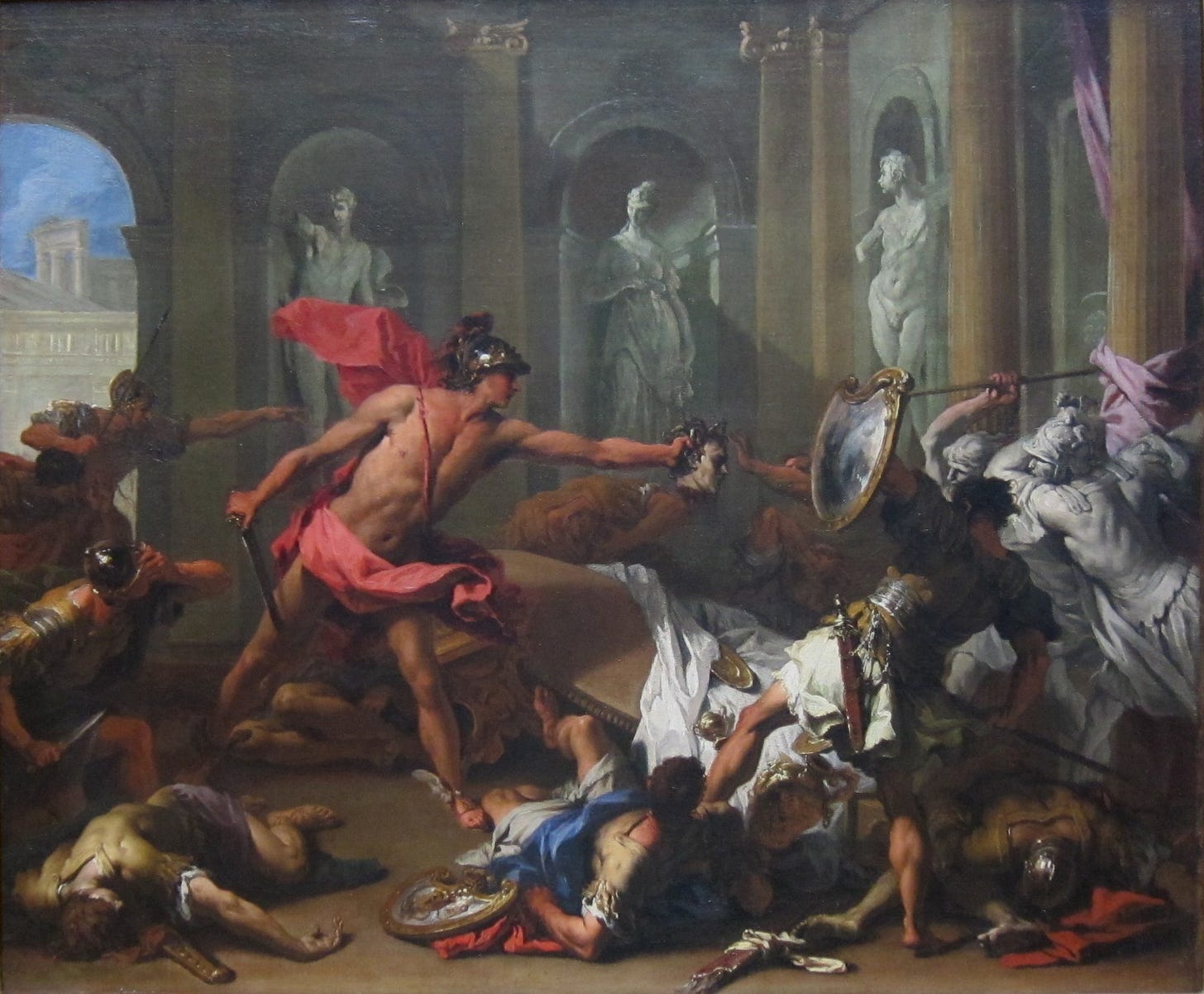
In a scene from the 2010 movie, Percy Jackson and the Olympians: The Lightning Thief, modern-day hero Percy Jackson also stands in back of Medusa – here, she’s a beautiful gorgon.
We see he’s ready to strike, but let’s take a moment to study the moves of these modern Greeks. What’ll happen first – is Medusa going through with that selfie “set in stone”, so to speak? I have a gut feeling that her power is reversed on herself – haha. Or will Percy strike the blow and prevent the latter from happening? Looks like technology can distract anyone entering the 21st-century.
Finally, Halloween isn’t complete without spirits or ghosts. What do you imagine when you hear the word “ghost”? Renown British printmaker and poet William Blake created a variety of fantastical works to amuse his friends. Among these is a miniature painting titled, The Ghost of a Flea. Frankly, I’ve never imagined a flea as a ghost. How scary can it be.

This miniature painting (about 8 inches by 6 inches) takes you by surprise because of its intricate details. Take a look at the musculature of the anthropomorphic flea! It has a scaly body and a head with pointed ears. The ghoul extends its tongue towards a bowl. What does it hold?
Lurking forward in a stage-like setting framed by gold stars and curtains, the ghost stands in an unsettling realm. Notice the visual pun – see a flea between its legs?
Artist William Blake had many visions which inspired his shadowy, dreamlike art. In one such vision, the ghost of a flea revealed to Blake that .... want to know the rest of this fantasy?
Join my Halloween tours on October 29, 2023 at The Getty Center. The 11 a.m. family tour combines viewing and drawing activities. The 2 p.m. adult/general audience tour explores the mystical and bizarre elements of art.

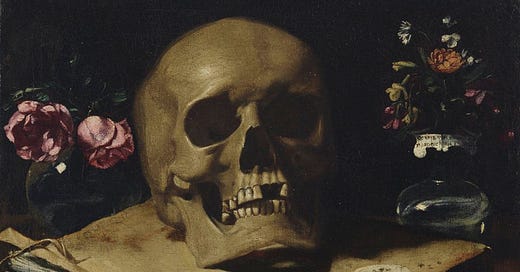


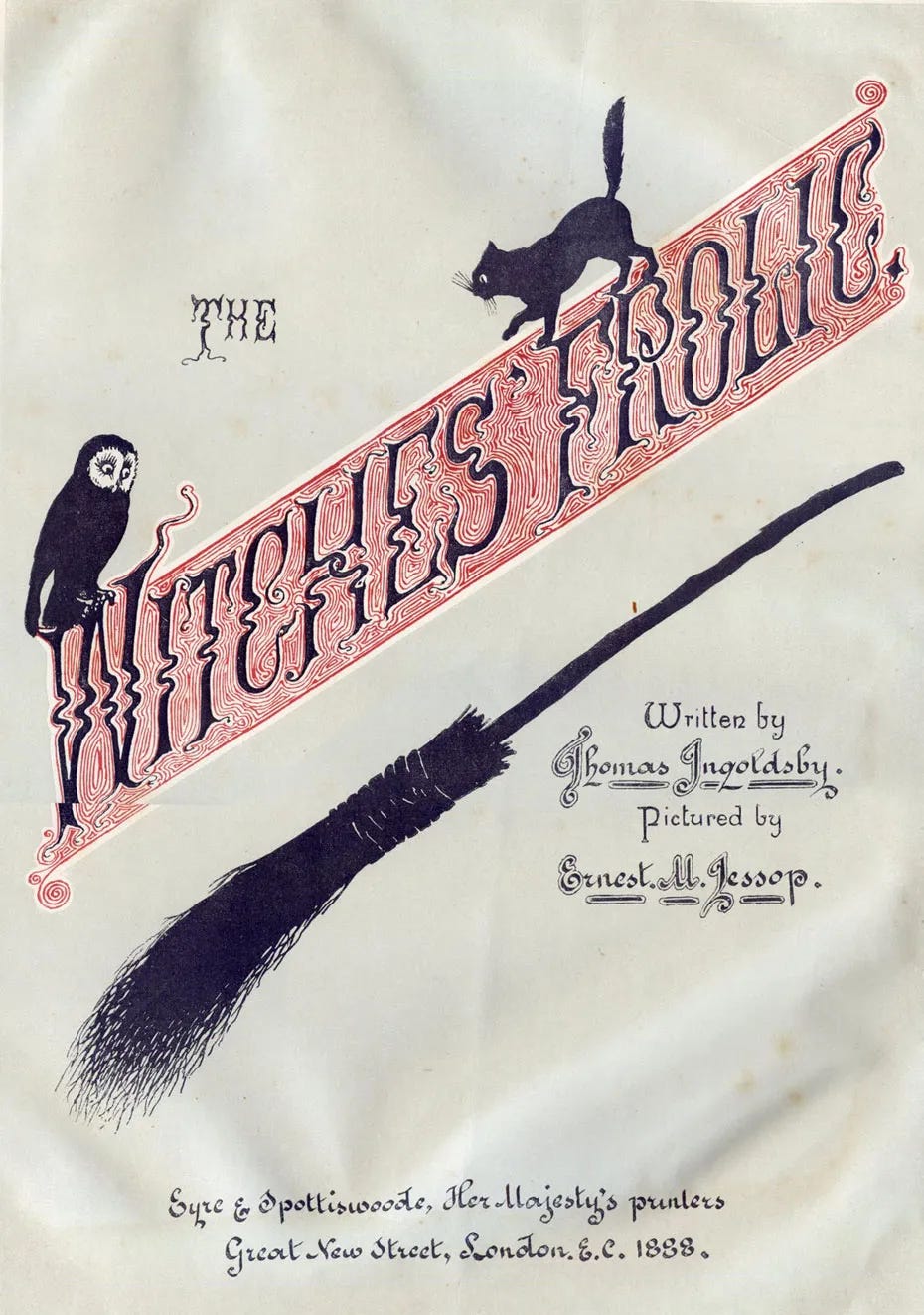
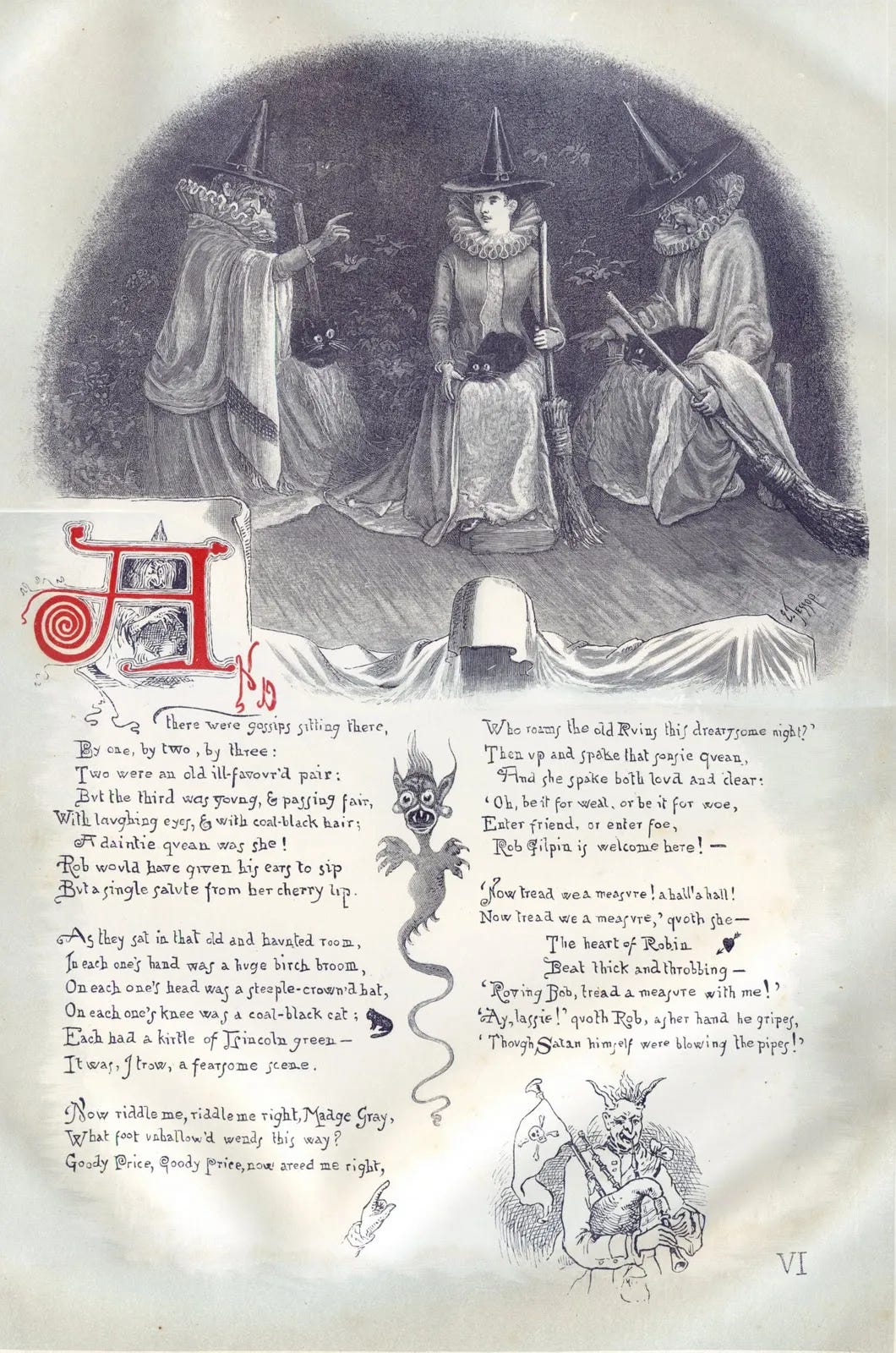

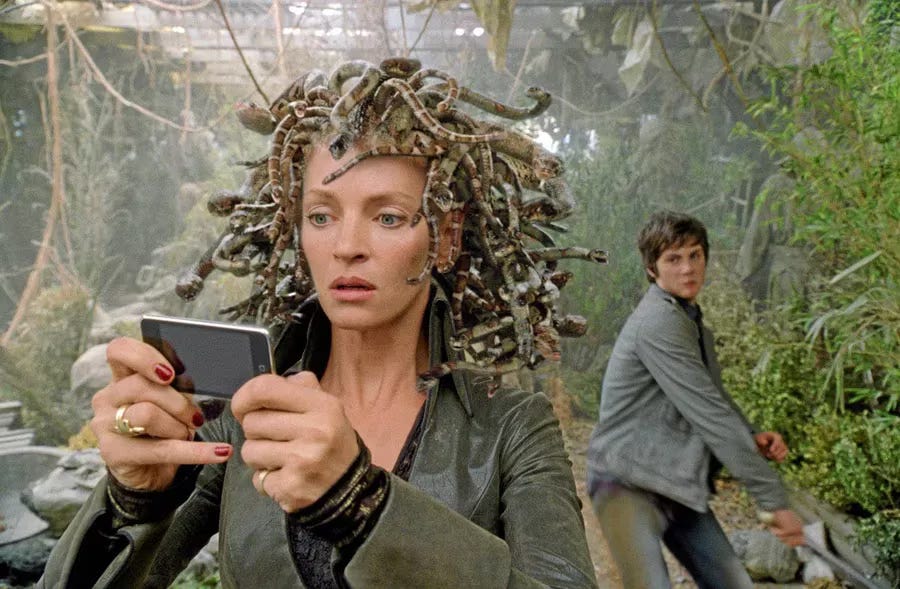
I had a blast writing this Halloween-inspired article. Looking forward to touring for families and adult groups on October 29th. It'll be lots of fun!